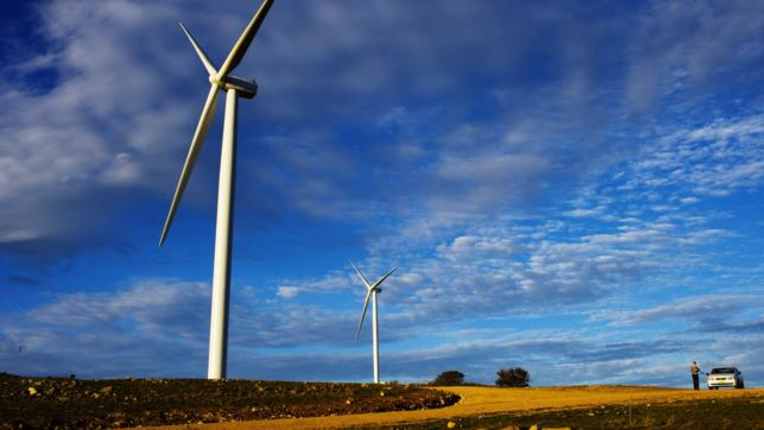PM's climate fix puts taxpayer dollars at risk
by Essential BabyThe $2 billion energy agreement with NSW is a political fix that Scott Morrison hopes will shore up his position on climate and energy after the missteps on the summer bushfires.
Under the agreement with NSW – and under the similar federal-state bilateral deals that the Prime Minister will now push for with all states – federal government support for emissions reductions and energy reliability projects is to be horse-traded on condition state governments overturn the moratoriums on gas exploration and development in place not only in NSW, but also in Victoria and parts of South Australia.

With proper pricing of greenhouse emissions too politically challenging amid the continuing climate war even for Labor to support, the federal government is now ramping up its ad hoc "direct action" climate interventions at the state level.
Hence the deal with NSW confirms a new retreat from the rational, market-based approach to climate and energy policy – an economy-wide carbon price or a National Energy Guarantee investment framework – that would cut emissions, reduce power prices, and guarantee electricity supply at the least cost and with the least risk to taxpayers.
The Prime Minister was absolutely right to tell the National Press Club this week “that we have got to get the gas from beneath our feet” as part of the nation’s response to climate change. The fracking revolution in the US has helped to reduce its emissions by tapping less emissions-intensive sources of energy.
But is leveraging the Commonwealth’s financial muscle to force state governments to approve gas projects, such as Santos’ Narrabri coal seam gas mine, really about sourcing the transition fuel and gas-fired firming electricity generation that Mr Morrison says is needed to “keep the lights on” as coal-fired plants are pushed out by cheaper wind and solar renewables?
The operation of fast-start gas-fired plants to back up the growth in renewables is unlikely to necessitate tapping vast gas reserves. This looks more like protection for the jobs of quiet Australians, by extending "Black Jack" McEwen-like industry assistance to energy-intensive manufacturing sectors undercut by high gas prices due to the boom in LNG exports that has helped make Australia an energy exporting superpower.
What’s to stop a Bridget McKenzie-style political filter being applied?
Under the Morrison government’s reservation policy, domestic customers will be guaranteed preferential and price-controlled access to any new gas supplies, a step the Productivity Commission warns could discourage gas development and drive up local gas prices.
It is possible that high domestic gas prices have restricted investment in gas-fired plants. But the real barrier has been the lack of a stable policy framework. As Energy Security Board chair Kerry Schott told The Australian Financial Review’s 2019 National Energy Summit, ill-advised government interventions that increase uncertainty discourage private sector investment.
This is tacitly confirmed by the government’s renewed direct action commitment to “underwriting” new renewable and back-up generation projects (including pumped-hydro schemes) as part of the deal with NSW.
This places the investment risk on the government’s balance sheet, not on the private sector, as a carbon price signal would do.
What expertise does the government have in picking winning energy and abatement technologies? What’s to stop a Bridget McKenzie-style political filter being applied? How much will all this government intervention cost, with the number of new renewable emerging projects declining as government subsidies tail off, and especially when the next stage of carbon reduction moves beyond the 2030 emissions-reduction obligations under the Paris Agreement?
And how will all these centrally controlled state-based deals fit together into an efficient, integrated, and stable national electricity energy market? Yes, a market.
As a short-term political fix, it might appear the government does have a credible plan for meeting and beating the Paris targets, and this might send the signal that the Prime Minister has rediscovered the practical, problem-solving style of leadership that went missing during the bushfire crisis.
Bilateral agreements could even cleverly take the pressure off the government over combating climate change by putting the pressure back on the states to meet their ambitious 2050 zero emissions targets.
But it may also be that the nation’s climate response and energy system has been left so broken by the policy debacles of the 2010s that the only way forward in the 2020s is cobbled-together state-based deals based on ad hoc government interventions.
By a long way, this is the second best, more costly and higher risk for taxpayer dollars, climate and energy policy for the nation.